Bobplouhar0@gmail.com
Member
- Joined
- Jun 19, 2021
- Messages
- 26
I have a 2018 Ram Dually what tire pressure should I run when loaded with my 16,000 lb mobile suites 17” wheels Nexon tires


By 1/64” toe, you mean toe in, right?
"I have to disagree with the tire rotation suggestion. I never reverse the direction of any tires."
Old Guy did you actually READ what I said about rotation?
Also if you are running empty for any length of time you sure could improve your ride comfort by lowering the rears to 30-35psi.
I went back and reread your post and yea, I misread it. Sorry about that. I’m still not convinced driving around on severely under-inflated tires is a good idea. Anybody care to weigh in?
Cummins12V98-how do you get your rear tires at 35 psi without the low pressure warning driving you crazy? Can that feature be disabled? I just bought a 2021 Ram 3500 with Nexens. I’m now concerned about them. What do I look for in regards to separation. Do they come apart like a blowout or get a bubble?
Sounds like a plan!
The correct inflation pressures have been published and displayed by the vehicle manufacturer. Why not just use them?
There is no provision in FMVSS to lower tire inflation pressures below vehicle manufacturers recommendations.
ONLY inflation my truck lists is for FULL axle ratings. 80psi fronts and 65psi rears.
PLEASE explain if it's ok to run those pressures fully loaded why it's not ok to use the weight/inflation chart to lower the pressures for proper ride, traction and tread wear???
Use the charts and the brain GOD has given us.
"A RV trailer tire poster" Curious was this title self appointed or earned?
Can't use your own words to explain I guess or answer my question.
PLEASE tell my why every tire out there has a Weight/Inflation chart and you don't think it should be used.
I am guessing you work for some sort of Government Agency?

